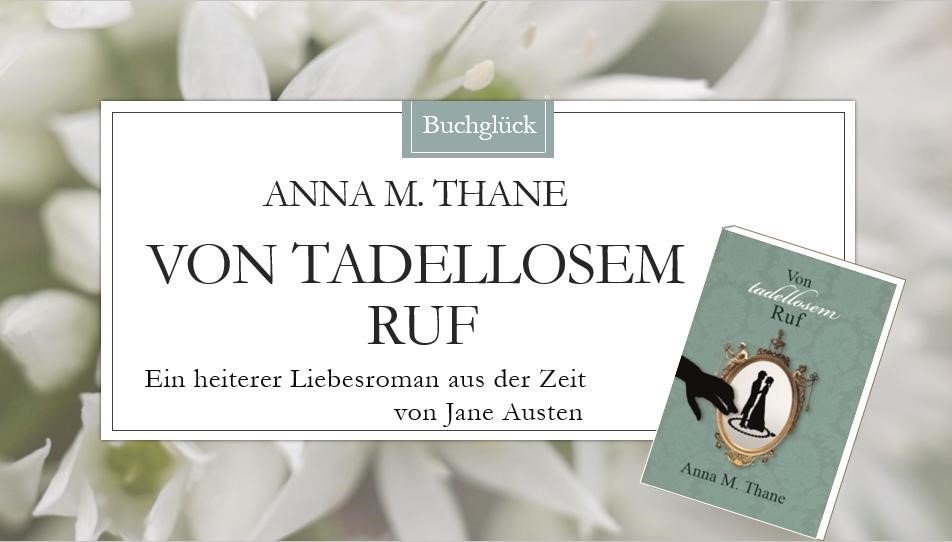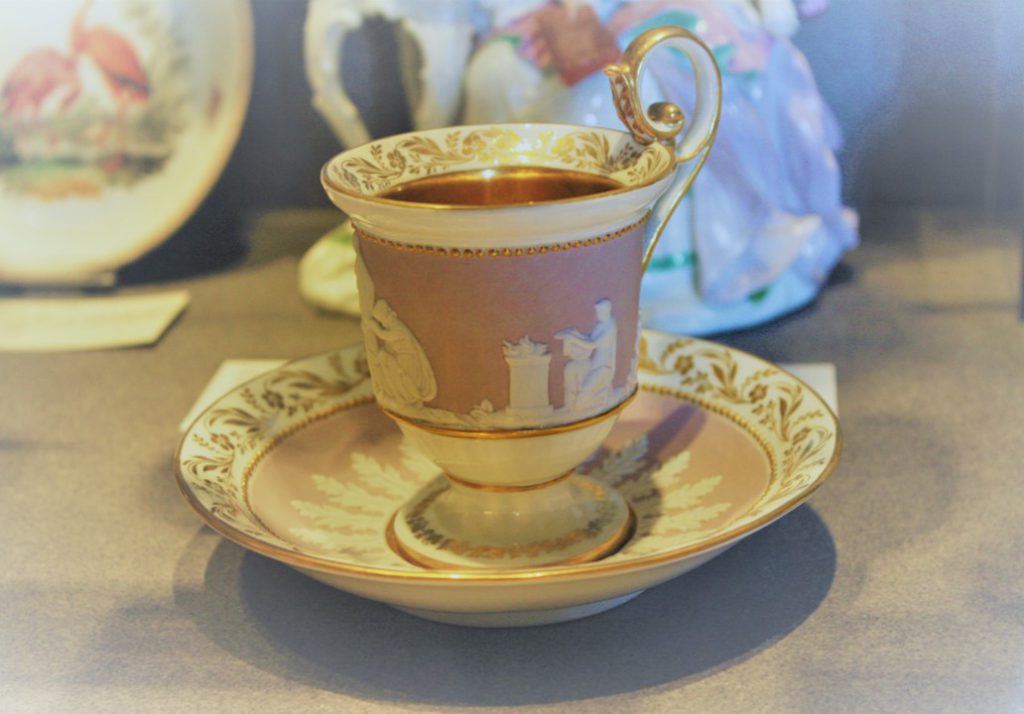
Let’s imagine you are a dealer of tea in London during the 18th century. Over the past decades, tea, once the luxury product for the super-rich, has reached the middle and lower classes. It is highly popular. This means a large target group for your product, but also a higher demand that must be met in times of war, trade embargos and economic depression. Tea leaves are expensive and there are heavy duties on it payable to government.
In short: Times are rough, life is hard – it thus seems rather pardonable to find ways to enrich yourself by certain methods one might call imitating tea (‘counterfeit’ is such a harsh word). Nobody will ever find out, and of course, you don’t mean to harm anyone. Plus, you are doing a favour to the lower classes that would not be able to enjoy a nice cup of tea at all if they had to pay the prices for genuine tea. Right?
Now, let’s see how tea was be imitated in the 18th century …
How to counterfeit tea
Instead of genuine tea leaves you can use:
- used tea leaves
Simply dry the used tea leaves and sell them as new.
Advantage: perfectly harmless, and you even get to drink some of the tea yourself before you re-use the leaves.
- sloe leaves or ash tree leaves
These leaves grow everywhere and can easily be collected by children or women.
For black tea: boil the leaves with verdigrise to dye them, then bake them upon an iron plate. When dry, rub them with the hands to produce the characteristic curl of genuine tea leaves.
For green tea: press and dry the leaves on a copper sheet. Colour them with carbonate of copper or “Dutch pink” (at that time, the English word ‘pink’ referred to a yellow-greenish colour).
Add the counterfeited leaves to the genuine tea leaves in a ration1:3.
Advantage: the usage of sloe leaves is difficult to detect.
Problems: sloe leaves generally have a purgative effect. They are rendered even more harmful to your costumer’s health by colouring them with verdigrise or a substance called ‘Dutch pink’ that contains verdigrise. Verdigrise is a dangerous poison. Carbonate of copper, also used for colouring the leaves, is poisonous, too.
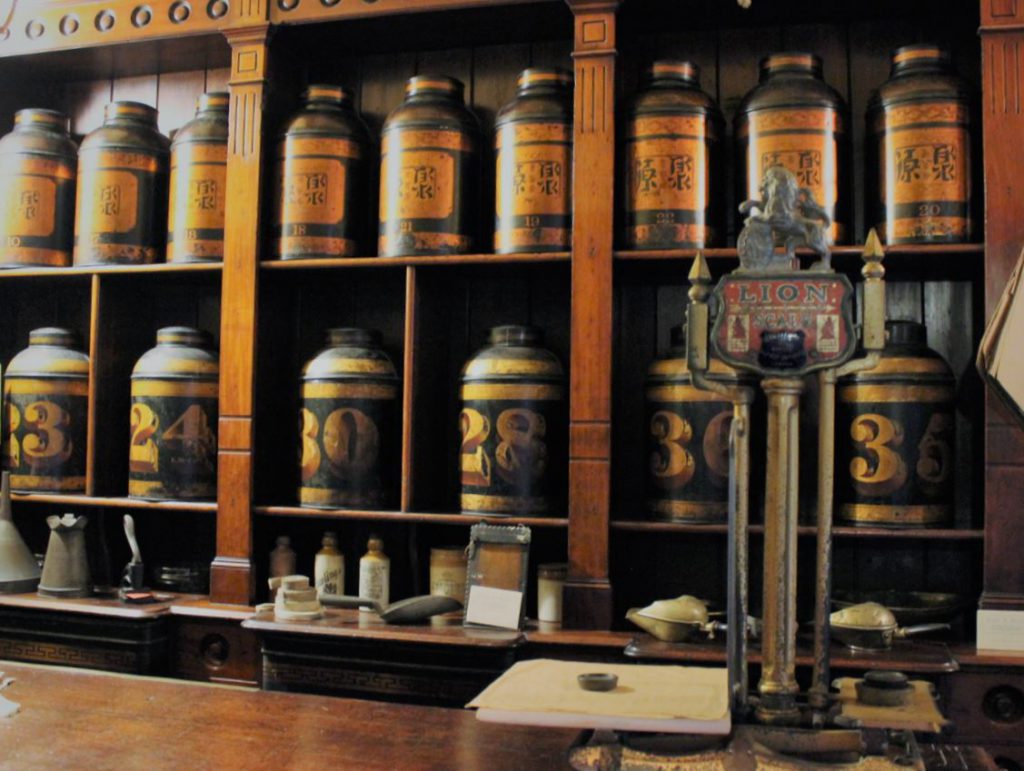
Your profit
You will be able to buy a pound of sloe leaves for 2 pence. You will have to employ a worker to help with the manufacturing process, but labour is cheap. By mixing genuine tea with sloe leaves or ash tree leaves your profit is up to 300 – 600 pounds per cent.
Your risks: penalties & prison terms
Authorities are more alert to counterfeit products in the late 18the century, as scientific progress has made it possible to detect which leaves were used.
A government report states in 1783 that the quantity of fictitious tea made from sloe and ash-tree leaves sums up to more than four million pounds (compare to the whole quantity of genuine tea sold by the East India Company: about 6 million pounds per year).
Dealers or manufacturers of counterfeit or adulated tea forfeit 100 pounds (about 8,000 pounds in today’s money). After an increase in the production of counterfeited tea, penalties for tea-dealers rise to 10 pounds for every pound weight and up to 12 months in prison if the penalty is not payed.
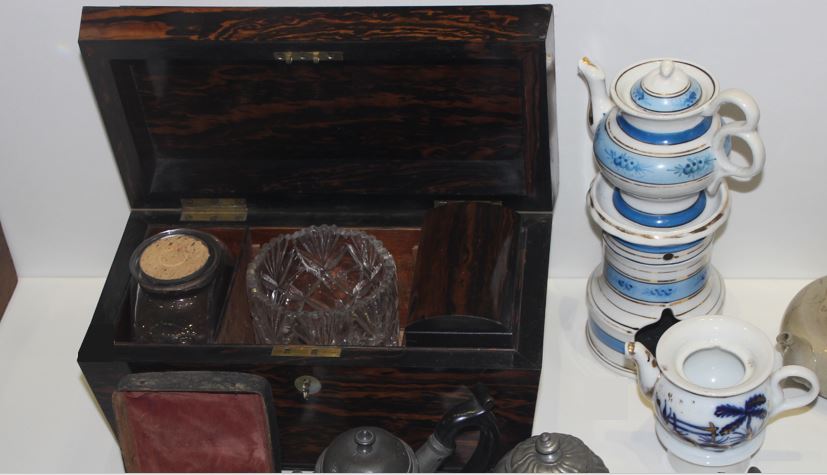
Annoyances: the enlightened customer
After the turn of the century, it becomes more difficult to cheat your customers. Knowledge of the tricks of ruthless traders have spread, even in print. One person is especially annoying to crooked dealers: a certain Frederick Accum, a Germany chemist living in London from 1793 to 1821. He has written a book about food poisoning and publishes it in 1820. Accum warns his readers how food sellers stretch ingredients and dangerously strengthen the potency of their products for the purpose of increasing sales and profits. The chapter about counterfeited tea gives most of your secrets away.
Unfortunately, customers are not amused by learning about the application of spurious leaves to their tea, and they get downright angry about practises poisonous to health. Accum’s book is so detailed, that from 1820 every housewife can find out with a few chemical tests if spurious leaves are used.
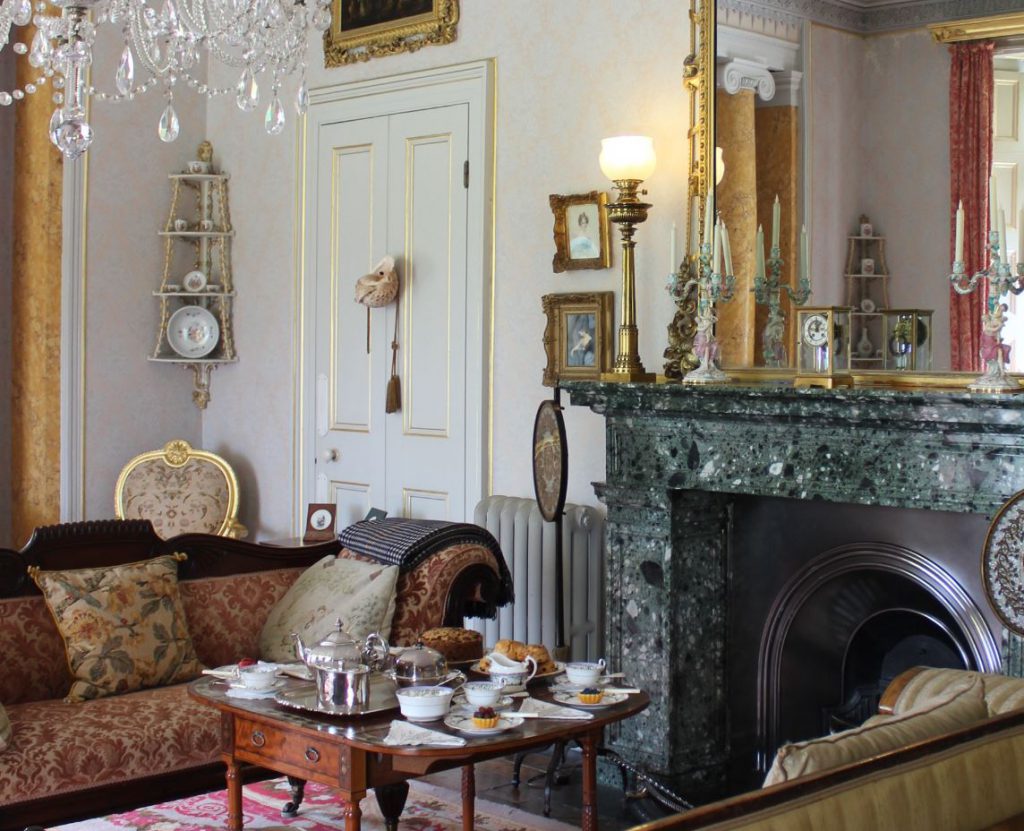
Some simple scientific methods to detect counterfeited tea leaves
Put some of the tea leaves you have bought in a glass of water for 24 hours. The dried leaves uncurl and their original form becomes visible. Genuine tea leaved are very pointed, and the edges are serrated. Sloe leaves are more rounded, less pointed and the jags on the edges are less deep.
Tests for black tea
- Rub slightly moistened black tea on a white sheet of paper. If it immediately produces a blueish-black stain, the tea is spurious.
- Throw black tea leaves into cold water. If the water turns blueish black, add one or two drops of sulphuric acid. If the tea leaves are spurious the water turns reddish.
- Genuine tea, put into cold and soft water, should produce an amber-coloured infusion, and it shouldn’t chance the colour when sulphuric acid is added.
Tests for green tea
- Throw green tea leaves into cold water. If the water turns blueish black, the leaves are dyed with Verdigris.
- Put a spoonful of green tea leaves in a stopped vial. Add to table-spoonful of liquid ammonia, diluted with half its bulk of water. Shake it for a few minutes. If even a minimal amount of copper has been used to counterfeit the leaves, the liquid will turn sapphire blue.
- To detect carbonate of copper, put green tea leaves into water impregnated with sulphurated hydrogen gas. Coloured leaves will make the water turn black.
With scientific progress becoming faster and customer education improving, counterfeiting tea becomes riskier. Maybe it’s time to become an honest tea dealer – or to retire with a nice up of tea. Genuine one, of course.
Source
Accum, Frederick: A treatise on adulterations of food, and culinary poisons; London: Longman, 1820
Related articles
Article by Anna M. Thane, author of the novel
“Von tadellosem Ruf” (http://amzn.to/2TXvrez)
